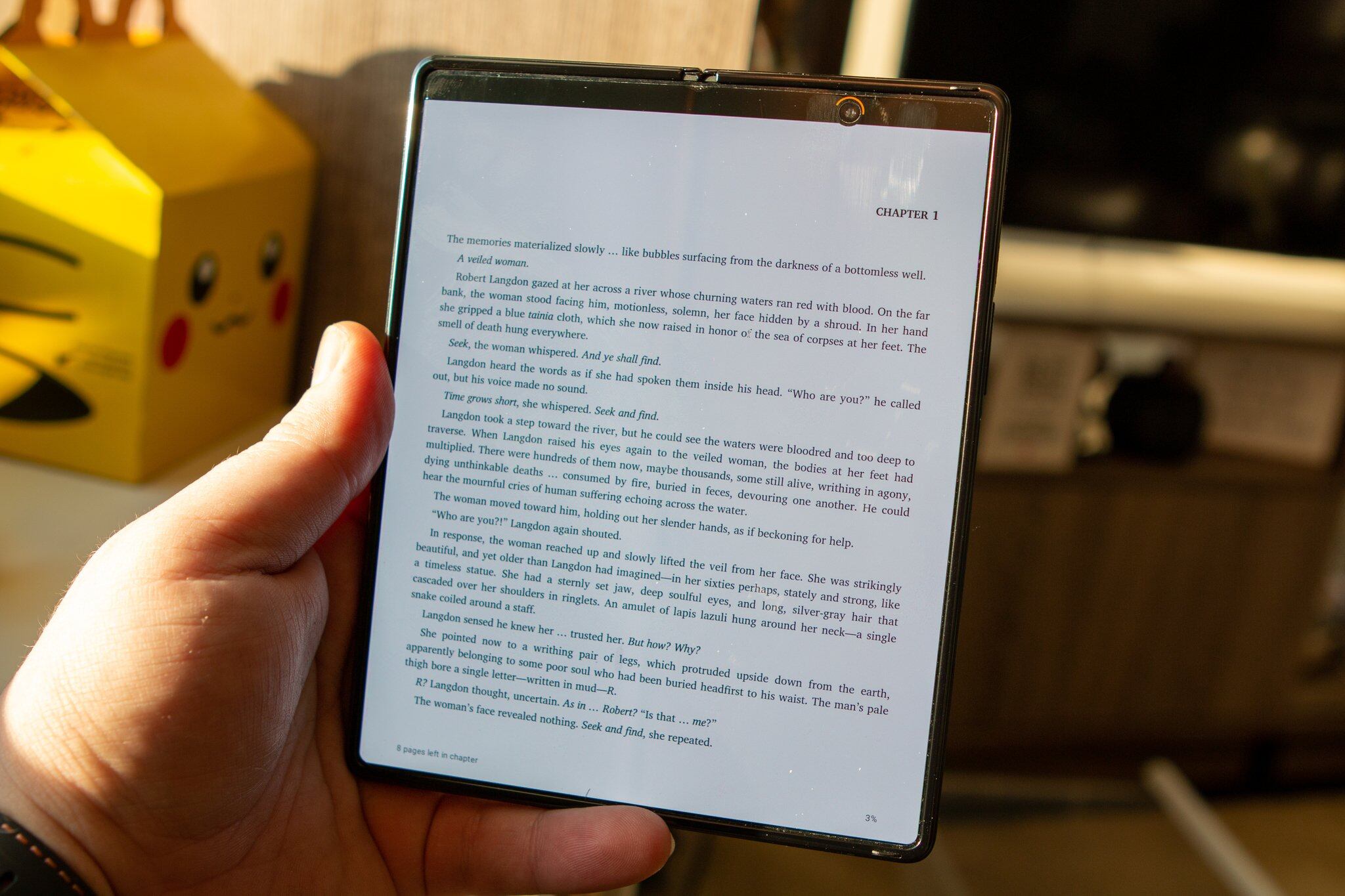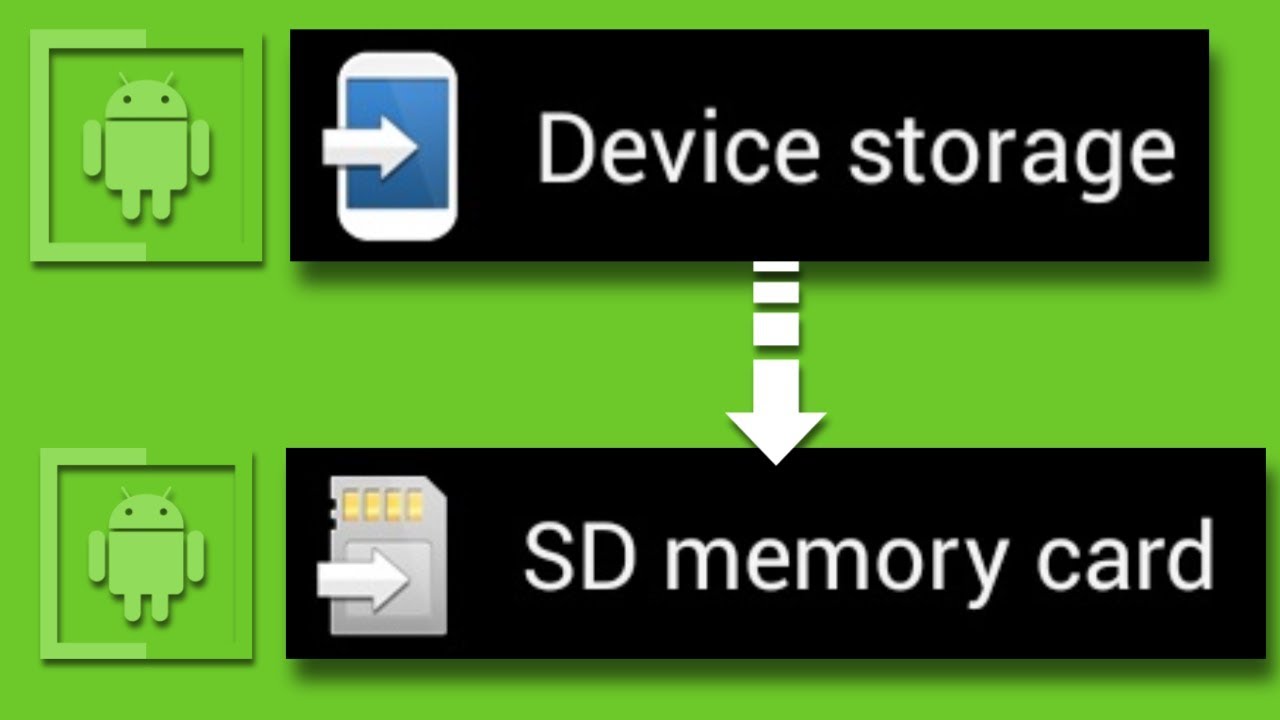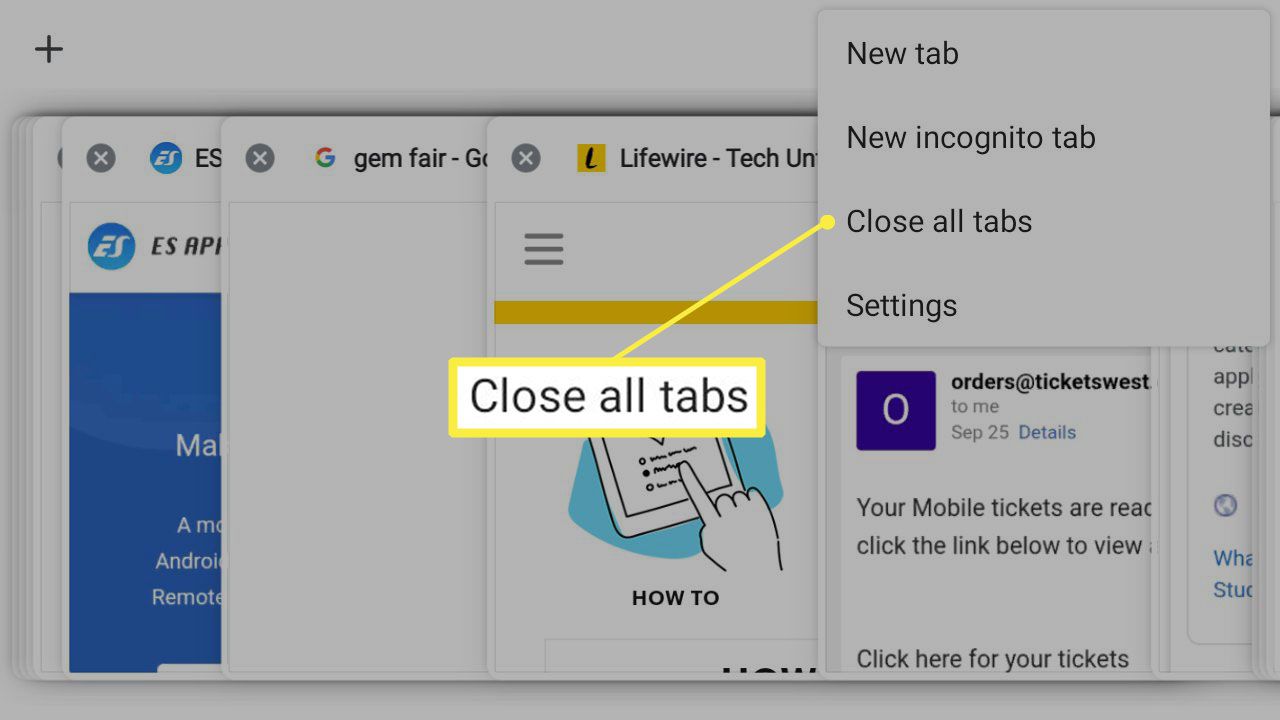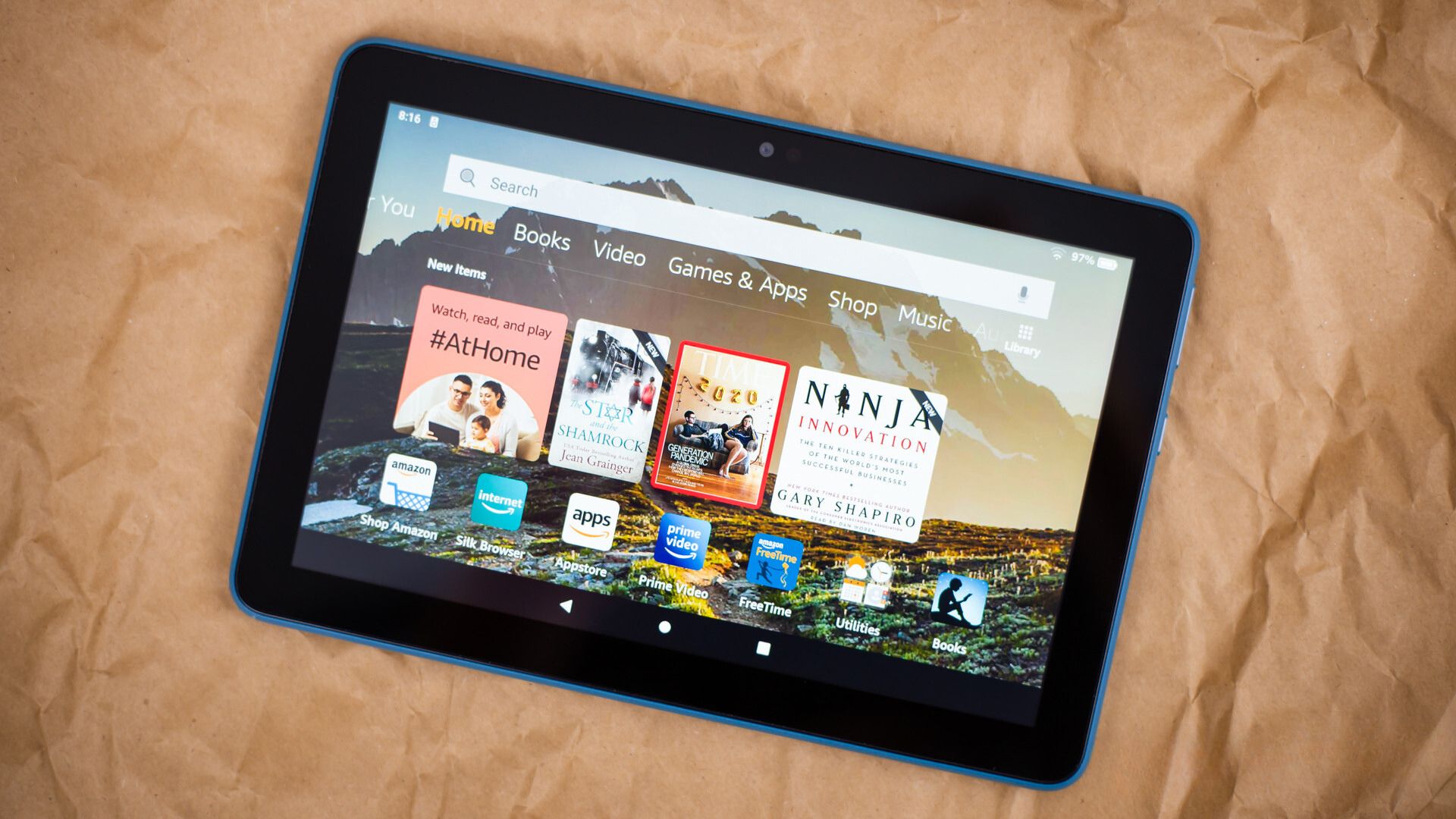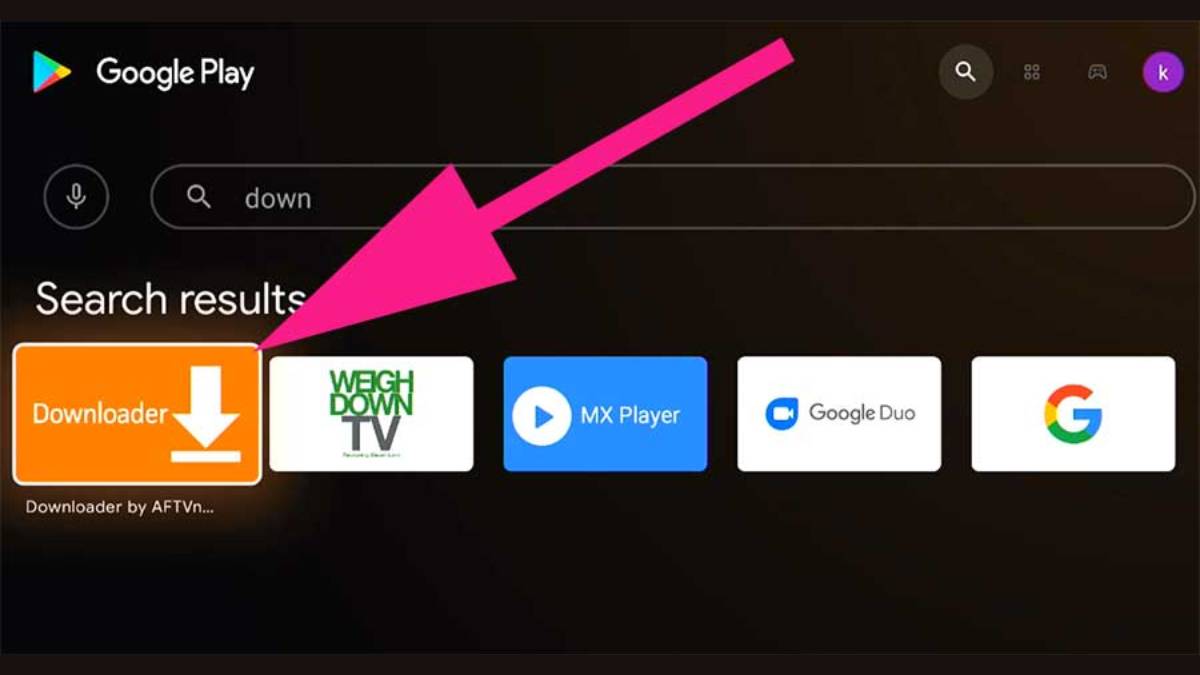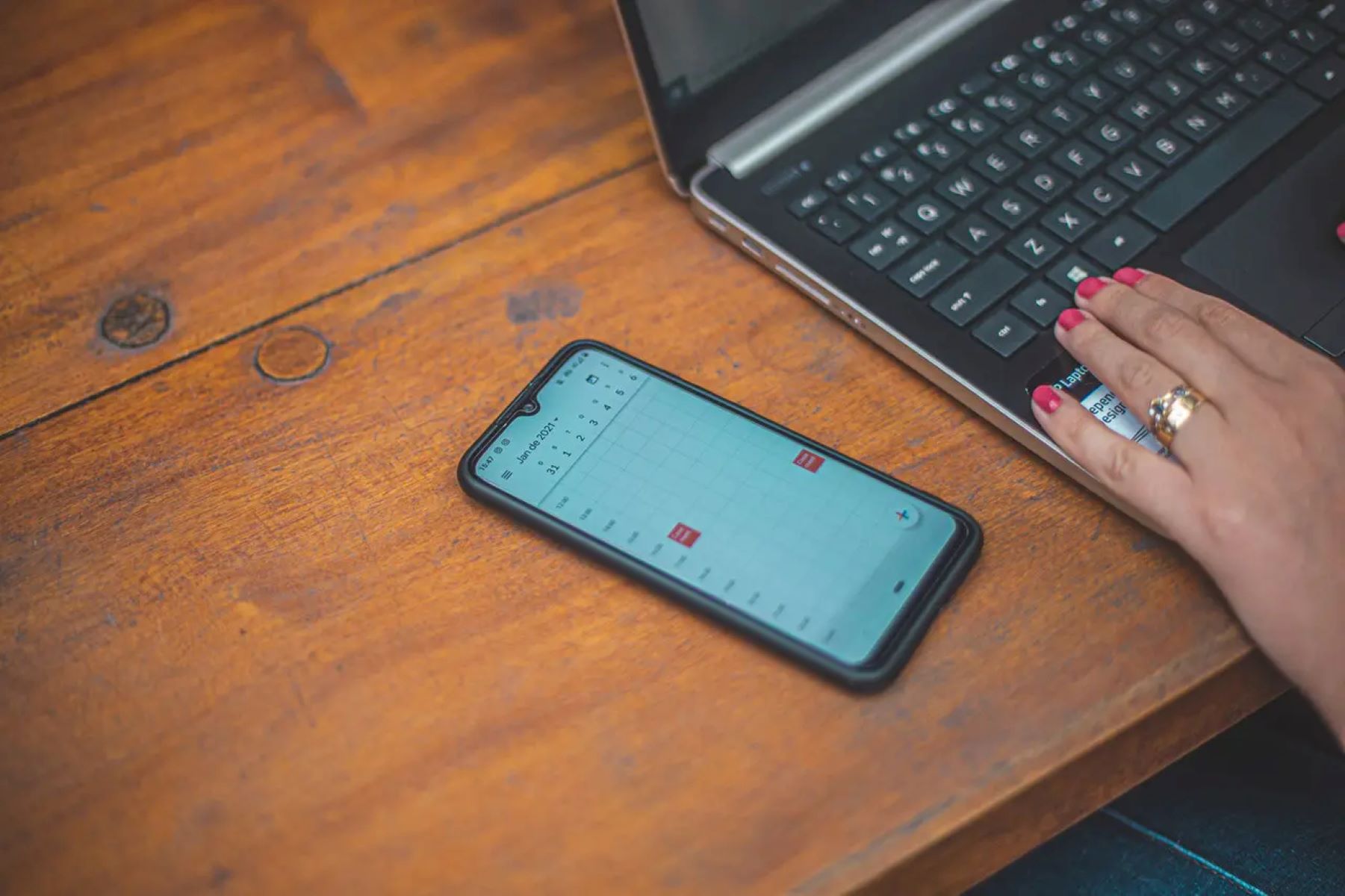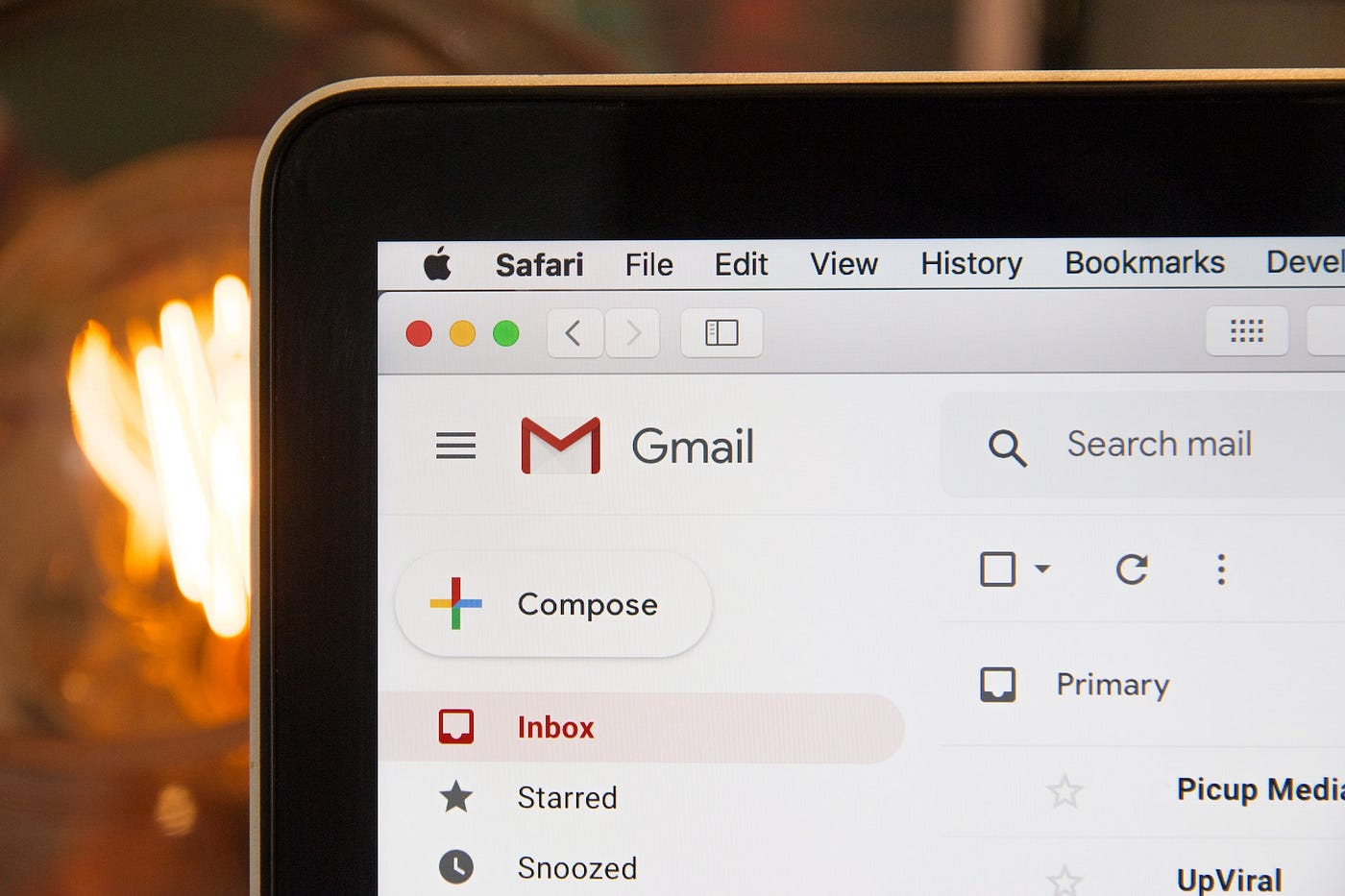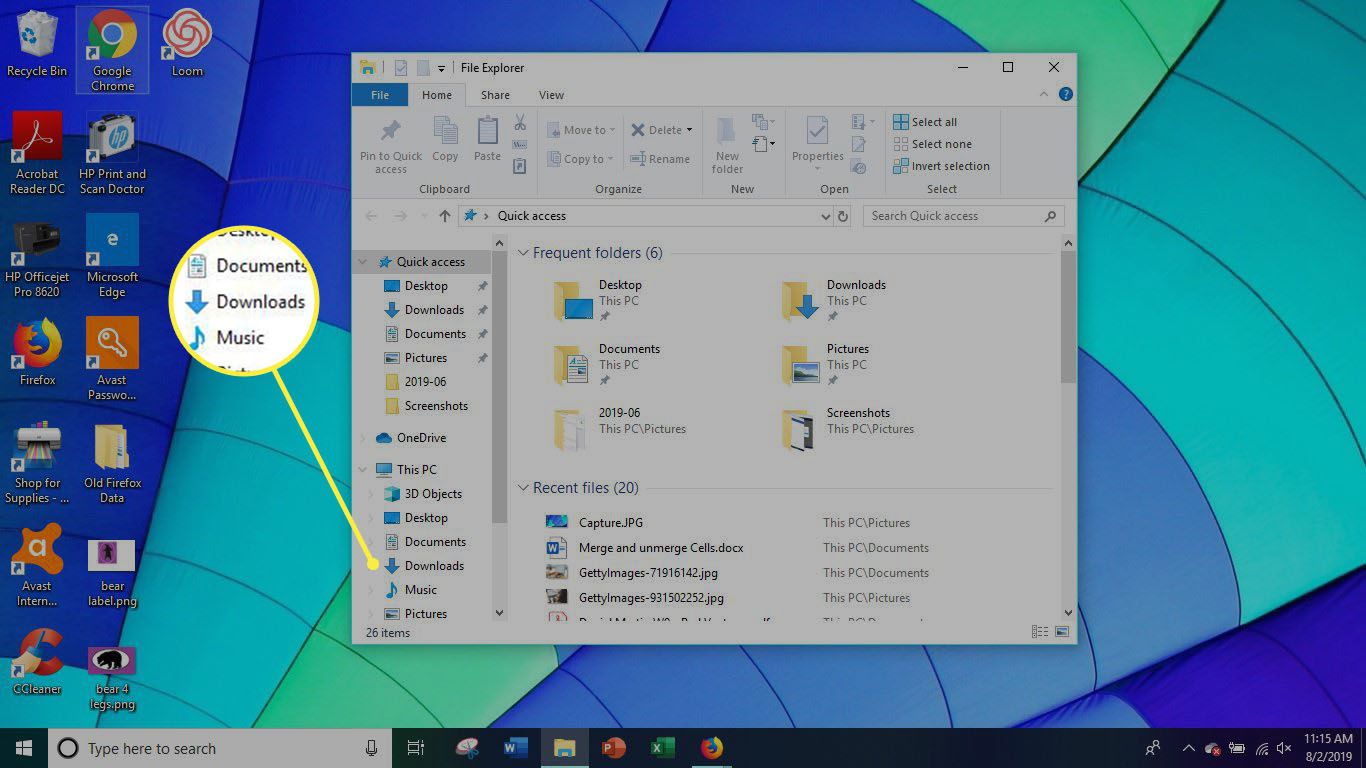Introduction
Managing and organizing apps on your Android device can greatly enhance your user experience. With a plethora of apps available to us, it’s important to have a system in place that allows easy access to the apps you use most frequently and keeps your home screen clutter-free.
In this article, we will explore various strategies to help you effectively organize your apps on Android. Whether you’re a casual user or a power user, these tips will help you optimize your app management and navigation, ensuring smoother and more efficient interactions with your device.
By implementing these strategies, you can avoid the hassle of sifting through a long list of apps or swiping through numerous home screens. With a well-organized app layout, you’ll be able to quickly locate the app you need, saving time and effort in the process.
Whether you prefer to group apps in folders, arrange them by frequency of use, or rely on third-party app organizers, there are plenty of options to customize your app organization to suit your unique needs and preferences. Now let’s dive into the various methods you can employ to organize your apps on Android effectively.
Use Folders to Group Similar Apps
One of the simplest and most effective methods to organize your apps on Android is by using folders. Folders allow you to group similar apps together, reducing clutter and making it easier to locate specific apps.
To create a folder, simply long-press on an app and drag it on top of another app. Android will automatically create a folder and suggest a name based on the category of the apps you’re grouping together. You can customize the folder name by tapping on it and typing in a name that makes sense to you.
For example, you can create a folder named “Social Media” and add apps like Facebook, Instagram, Twitter, and Snapchat. Another folder could be “Productivity” where you store apps like Gmail, Calendar, and Microsoft Office suite. By organizing apps into folders, you’ll have a streamlined navigation experience, and finding the app you need will be much quicker and more efficient.
Furthermore, you can nest folders within folders to create even more specific categories or subcategories. For instance, if you have multiple photo editing apps, you can create a folder called “Photo Editing” and nest individual app folders within it.
To access apps within a folder, simply tap on the folder and a grid view of the contained apps will appear. From there, you can tap on the desired app to launch it. This method is especially useful if you have a large collection of apps and want to keep your home screen organized and clutter-free.
By utilizing folders to group similar apps, you can streamline your app management and access them with ease. It’s a practical solution for keeping your Android device organized and navigating through apps effortlessly.
Create Shortcuts to Your Most Used Apps
To further optimize your app organization and improve accessibility, consider creating shortcuts to your most used apps on your Android device. Shortcuts allow you to place app icons directly on your home screen or other convenient locations, providing quick and direct access to your favorite apps.
To create a shortcut, long-press on the app you want to create a shortcut for. A menu will appear with various options, including “Create shortcut” or “Add shortcut to home”. Select the appropriate option, and the app icon will be added to your chosen location, such as the home screen or a specific folder.
Having shortcuts on your home screen eliminates the need to navigate through multiple screens or folders to find your frequently used apps. Instead, you can simply tap on the app icon directly from your home screen and launch the app instantly.
You can also customize the appearance of shortcuts by changing their icon or adding a shortcut label. To do this, long-press on the shortcut you want to modify, and a context menu will appear. Select “Edit” or “Edit shortcut” to access the customization options. From there, you can choose a different icon or add a label that better represents the app’s function.
Additionally, you can place shortcuts in the dock at the bottom of your home screen for easy access. The dock remains visible across all home screens, allowing you to quickly launch your most used apps regardless of which screen you’re on.
By creating shortcuts to your most used apps, you can personalize your Android device’s home screen and have direct access to the apps you rely on the most. This method eliminates the need to search for apps or dig through folders, saving you time and increasing productivity.
Remove Unnecessary Apps from Your Home Screen
One of the key principles of effective app organization is keeping your home screen free from unnecessary apps. Having a cluttered home screen not only makes it difficult to find the apps you need but also slows down your device’s performance. By decluttering your home screen and removing unnecessary apps, you can create a more streamlined and efficient app navigation experience.
To remove apps from your home screen, simply long-press on the app icon until a menu appears. Depending on your device and Android version, you may see options like “Remove from home” or “Uninstall”. Select the appropriate option to remove the app from your home screen.
Keep in mind that removing an app from your home screen does not uninstall the app from your device. It simply removes the app icon from your home screen, making it less cluttered and easier to navigate.
By removing unnecessary apps from your home screen, you can prioritize and focus on the apps that you use most frequently. This will not only enhance your app organization but also improve the overall speed and performance of your Android device.
Furthermore, if there are apps that you rarely use or no longer need, consider uninstalling them altogether. Uninstalling apps frees up storage space on your device and reduces the chances of accidentally launching those apps. To uninstall an app, go to the “Settings” menu, select “Apps” or “Applications”, locate the app you want to uninstall, and choose the “Uninstall” option.
Regularly evaluating and decluttering your home screen and uninstalling unnecessary apps will help maintain a clean and organized app layout, ensuring a smooth and efficient user experience on your Android device.
Arrange Apps by Frequency of Use
Another effective strategy for organizing your apps on Android is to arrange them based on the frequency of use. By placing your most frequently used apps within easy reach, you can save time and increase efficiency when accessing them.
Start by evaluating your app usage patterns. Think about the apps that you use on a daily basis or multiple times throughout the day. These are the apps that you would want to have readily accessible on your home screen or in a prominent location.
To arrange your apps by frequency of use, you can simply drag and drop them into the desired order on your home screen. Place the most used apps towards the top or in a location that can be easily reached with your thumb. This way, you can quickly locate and launch those apps without having to scroll or search for them.
Additionally, you can take advantage of app folders and create a separate folder dedicated to your frequently used apps. This way, you can have quick access to all your go-to apps in one location, without cluttering up your home screen.
Consider periodically reviewing your app usage and adjusting the arrangement of your apps accordingly. As your app usage patterns change, you may find it beneficial to reorganize your apps to reflect your current needs and priorities.
By arranging your apps based on the frequency of use, you can optimize your app navigation and have your most important apps readily available. This method ensures quicker access to the apps you rely on the most, making your Android experience more efficient and seamless.
Utilize App Drawers
App drawers are a built-in feature of most Android devices that offer a convenient and organized way to access your apps. App drawers act as a centralized location for all your installed apps, allowing you to keep your home screen tidy and clutter-free.
To access the app drawer, simply swipe up from the bottom of the screen or tap on the app drawer icon on your device’s home screen. Once opened, you’ll see a list or a grid view of all your installed apps.
App drawers typically include a search bar at the top, allowing you to quickly search for specific apps by name. This feature comes in handy, especially if you have a large number of apps installed on your device.
One of the advantages of utilizing app drawers is that you can keep your home screen focused on essentials while still having easy access to all your apps. Instead of cluttering your home screen with numerous app icons, you can place only the most frequently used or important apps on the home screen, keeping it clean and organized.
In addition to the default app drawer provided by your device’s launcher, you can also explore third-party launchers that offer enhanced customization options. These launchers often provide additional features like the ability to categorize apps into folders within the app drawer or sort apps by various criteria such as recently used, alphabetical order, or custom categories of your choice.
By utilizing app drawers, you can efficiently navigate through all your installed apps and easily launch the ones you need without cluttering your home screen. It provides a clean and streamlined app management experience, making it easier to find and access any app on your Android device.
Sort Apps Alphabetically
Sorting your apps alphabetically is a simple yet effective way to organize your app library on Android. By arranging your apps in alphabetical order, you can easily locate and access any app without having to remember its exact location or scroll through multiple screens or folders.
To sort your apps alphabetically, open your app drawer or navigate to the “Apps” or “Applications” section in your device settings. Look for the option to sort your apps and choose the alphabetical order option. Depending on your device and Android version, this option may be labeled as “Sort by name” or “A-Z”.
Once enabled, your apps will be automatically rearranged alphabetically based on their names. This provides a consistent and organized layout, making it easy to find apps even if you have a large number of them installed on your device.
Sorting apps alphabetically is particularly helpful when you’re looking for a specific app but can’t quite remember where you placed it on your home screen or in a folder. With alphabetical arrangement, you can quickly navigate to the correct section of your app library and find the app you need without any hassle.
Additionally, it can be beneficial to periodically review your app collection and remove any apps that you no longer use or need. This will further streamline and declutter your app library, making it even easier to locate the apps you regularly use.
While sorting apps alphabetically is the default option for many Android users, it’s worth noting that some launchers or customization options may provide alternative sorting methods or manual sorting capabilities. Feel free to explore these options to personalize your app organization further.
By sorting your apps alphabetically, you can maintain a tidy and easily navigable app library on your Android device. It’s a straightforward yet highly effective method to ensure quick and efficient access to any app you desire.
Use a Third-Party App Organizer
If you’re looking for more advanced app organization options and customization features, using a third-party app organizer can be incredibly beneficial. These apps offer additional tools and functionalities that allow you to create a personalized app layout and optimize your app management experience on Android.
One popular third-party app organizer is Nova Launcher. This launcher app provides extensive customization options, including the ability to create custom app drawers, organize apps into tabs or folders, and sort apps based on various criteria such as usage frequency or installation date. Nova Launcher also offers features like gesture controls, icon packs, and advanced theming options, making it a versatile solution for app organization.
Another notable app organizer is Smart Launcher. This intuitive launcher app automatically categorizes your installed apps based on their functionality, providing a simplified and well-structured app layout. It also offers a search bar, quick access to favorite apps, and various sorting options, including by name, usage, and last installation.
Additionally, Microsoft Launcher is worth considering if you’re heavily integrated into the Microsoft ecosystem. This launcher provides a seamless experience for syncing apps and files across devices and offers app organization features such as customizable folders and quick access to frequently used apps and contacts.
When choosing a third-party app organizer, consider your specific needs and preferences. Look for apps that offer the features you value most, such as enhanced app sorting options, customization capabilities, or unique organizational methods.
Keep in mind that while third-party app organizers can provide extensive customization and organization options, they may also require a learning curve and some setup time. However, the benefits of having a fully personalized app management system often outweigh the initial effort.
It’s essential to note that certain third-party app organizers may have their own unique interface and may not be compatible with all Android devices or Android versions. Prioritize apps with positive reviews and a large user base to ensure a stable and reliable app organization experience.
By using a third-party app organizer, you can take app organization on your Android device to the next level. These apps provide advanced features and customization options that allow you to create a tailored app layout, making it easier than ever to navigate and manage apps on your device.
Conclusion
Organizing your apps on Android is essential for a streamlined and efficient user experience. Whether you prefer a simple approach or want to delve into more advanced customization options, there are various strategies and techniques available to help you optimize your app organization and navigation.
Using folders to group similar apps allows you to reduce clutter and locate apps more easily. Creating shortcuts to your most used apps provides quick access from your home screen. Removing unnecessary apps from your home screen helps declutter and improve performance. Arranging apps by frequency of use ensures that your most frequently accessed apps are readily accessible. Utilizing app drawers keeps your home screen clean and offers a centralized location for all your apps. Sorting apps alphabetically enables easy navigation through your app library. And finally, using third-party app organizers allows for advanced customization and organization features.
By implementing these strategies, you can customize your app organization to suit your personal preferences and enhance your productivity on Android. Regularly assessing and adjusting your app layout based on usage patterns and needs will ensure that your app library remains clutter-free and tailored to your requirements.
Find the methods that work best for you and experiment with different approaches to find the perfect app organization system. Remember to regularly review and declutter your app collection to maintain a clean and organized layout.
With a well-organized app layout, you’ll be able to navigate through your apps effortlessly and efficiently, saving time and frustration on a daily basis. Take control of your Android apps and make the most of your device’s capabilities with effective app organization.









